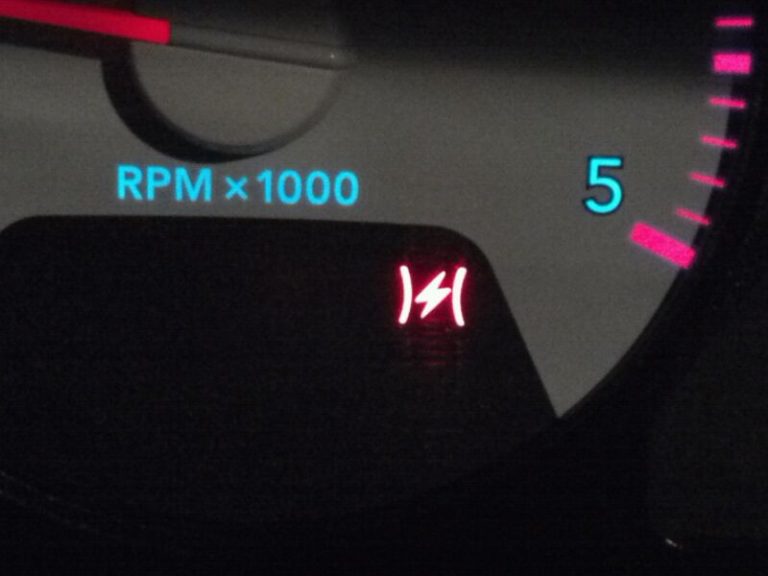How To Reset Ram Def Countdown

Urgent action is required to prevent catastrophic system failure. The RAM Def countdown has been initiated, and immediate intervention is necessary to reset it before complete data loss occurs.
This article provides a concise guide to resetting the RAM Def countdown, preventing irreversible system damage, and ensuring operational continuity. Follow these instructions meticulously and without delay.
Identify the Trigger
Locate the system or process responsible for initiating the RAM Def countdown. This is critical before attempting a reset.
Common triggers include: exceeding memory limits, critical errors in core processes, and detected intrusion attempts.
Check system logs, error reports, and security alerts for definitive indicators. Review documentation to confirm the exact system response to different triggering events.
Initiate Emergency Shutdown (Controlled)
Begin with a controlled, graceful shutdown of the affected system. This prevents further data corruption and potential hardware damage.
Do not simply power off the system. Use the appropriate shutdown command for your operating system or hardware platform.
Document the shutdown process and any errors encountered. This is important for post-incident analysis.
Access Maintenance or Recovery Mode
After the system is safely shut down, boot into maintenance or recovery mode. The exact method varies depending on your system.
Typically, this involves pressing a specific key (e.g., F2, F12, Delete, Esc) during system startup. Consult your system documentation for the correct procedure.
Once in maintenance mode, prepare to execute commands that can reset the RAM Def counter.
Execute the Reset Command
The precise command to reset the RAM Def counter depends on the system architecture and the specific implementation of the countdown mechanism.
Consult the manufacturer's documentation or contact technical support for the correct command syntax. Incorrect commands could worsen the situation.
Examples include: accessing specific memory addresses to write a reset value or running a designated utility provided by the vendor.
Verify Reset and System Integrity
After executing the reset command, it's crucial to verify its success. Check system logs or use diagnostic tools to confirm that the RAM Def counter has been reset to zero.
Run memory tests to ensure the integrity of the RAM modules. Look for errors or inconsistencies that may indicate underlying hardware problems.
If errors persist, it may be necessary to replace affected memory modules. Consider contacting qualified hardware technicians.
Restart the System (Cautiously)
Once you've confirmed the reset and verified system integrity, carefully restart the system. Monitor the system closely during startup.
Pay attention to any error messages or unusual behavior. Be prepared to shut down the system again if problems arise.
Check system resource utilization after restart. Monitor CPU, memory, and disk activity to ensure that the system is functioning normally.
Monitor and Investigate the Root Cause
After the system is back online, closely monitor its performance and stability. Implement robust monitoring tools to detect any recurrence of the triggering event.
Investigate the root cause of the RAM Def countdown. Determine why the counter was initiated in the first place.
This may involve analyzing system logs, reviewing security configurations, and examining application code. Remediation may require patching software, upgrading hardware, or adjusting security policies.
Implement Preventive Measures
Based on the root cause analysis, implement preventive measures to prevent future RAM Def countdowns. This may include:
Increasing memory capacity to avoid exceeding limits, patching software vulnerabilities, strengthening security defenses against intrusions, and optimizing application code for better memory management.
Regularly review and update these measures to ensure their effectiveness. Perform scheduled vulnerability scans and penetration tests.
Important Considerations
Data Backup: Ensure you have a recent and reliable backup of your system data. In the worst-case scenario, this will allow you to restore your system to a known good state.
Documentation: Maintain thorough documentation of your system configuration, including memory specifications, error codes, and recovery procedures. This will expedite troubleshooting in future incidents.
Expert Assistance: If you are unsure about any step in this process, seek assistance from qualified IT professionals or the hardware vendor's support team. Incorrect actions could lead to irreversible data loss or system damage.
Next Steps
Prioritize system monitoring and root cause analysis. Schedule a complete system review to identify vulnerabilities and implement preventive measures.
Continue monitoring for any signs of instability or recurring issues. Regular security audits and system health checks are crucial for long-term stability.
Contact the hardware or software vendor if the issue persists or if you suspect a hardware defect. Replace compromised components immediately to avoid a new countdown being triggered.






![How To Reset Ram Def Countdown RAM Truck Says "Service DEF System, See Dealer" [Explained]](https://autoproblemz.com/wp-content/uploads/2023/12/Service-DEF-System-See-Dealer.jpg)











